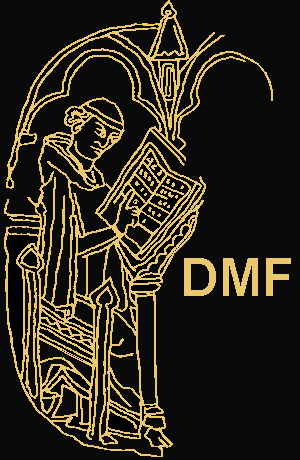|
|
|
UNIR, verbe |
| [T-L : unir ; GDC : unir ; FEW XIV, 47a : unire ; TLF : XVI, 814a : unir] |
I. - | Empl. trans. |
A. - | "Mettre ensemble pour former un tout, unir" |
B. - | En partic. "Attacher ensemble" |
C. - | "Aplanir, égaliser (le sol)" v. onier |
D. - | "Former un tout harmonieux" |
II. - | Empl. pronom. |
A. - | [D'une chose] "S'agréger" |
B. - | [De pers.] |
| | 1. | "Se rassembler" |
| | 2. | "Former un tout harmonieux, sans dissensions" |
III. - | Part. passé en empl. adj. |
A. - | "Qui forme une union, une unité" |
B. - | "Qui forme un tout harmonieux, sans dissensions" |
V. aussi uni
|
|
DMF 2020 - Article revu en 2015 |
Robert Martin |
|
|




